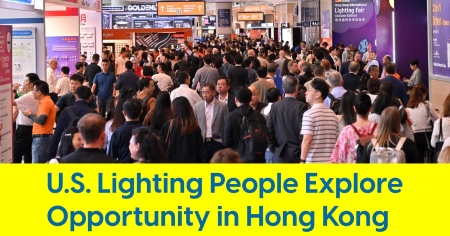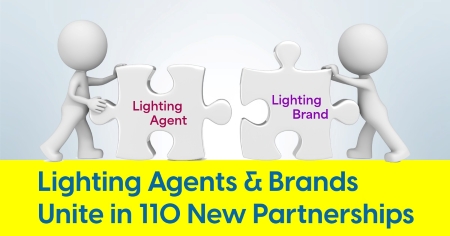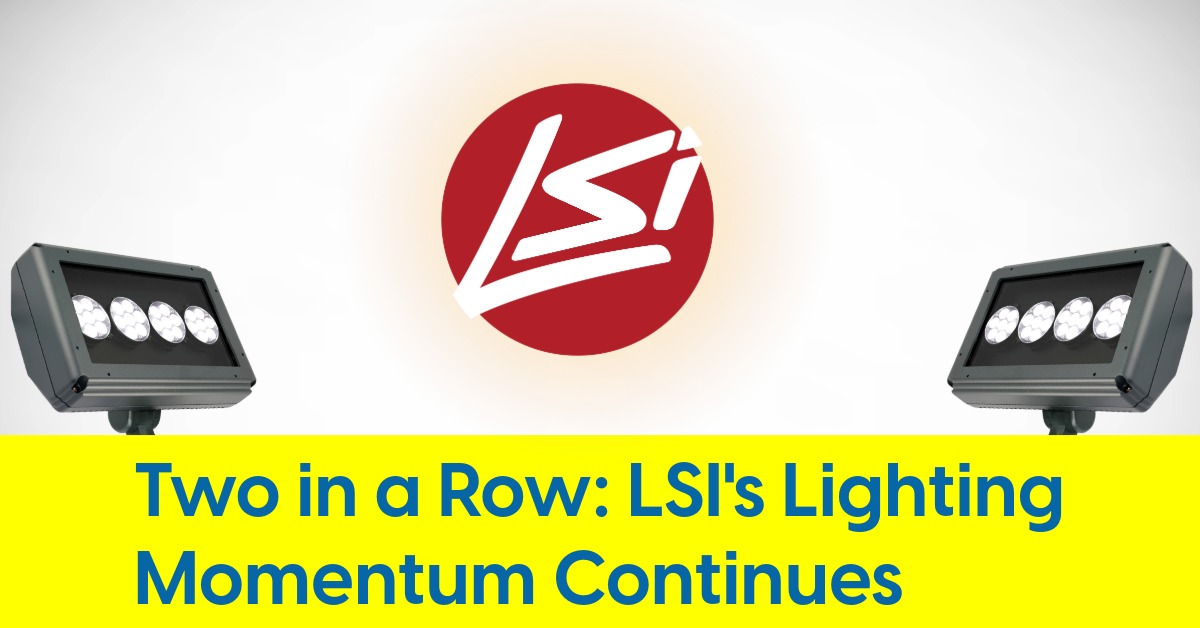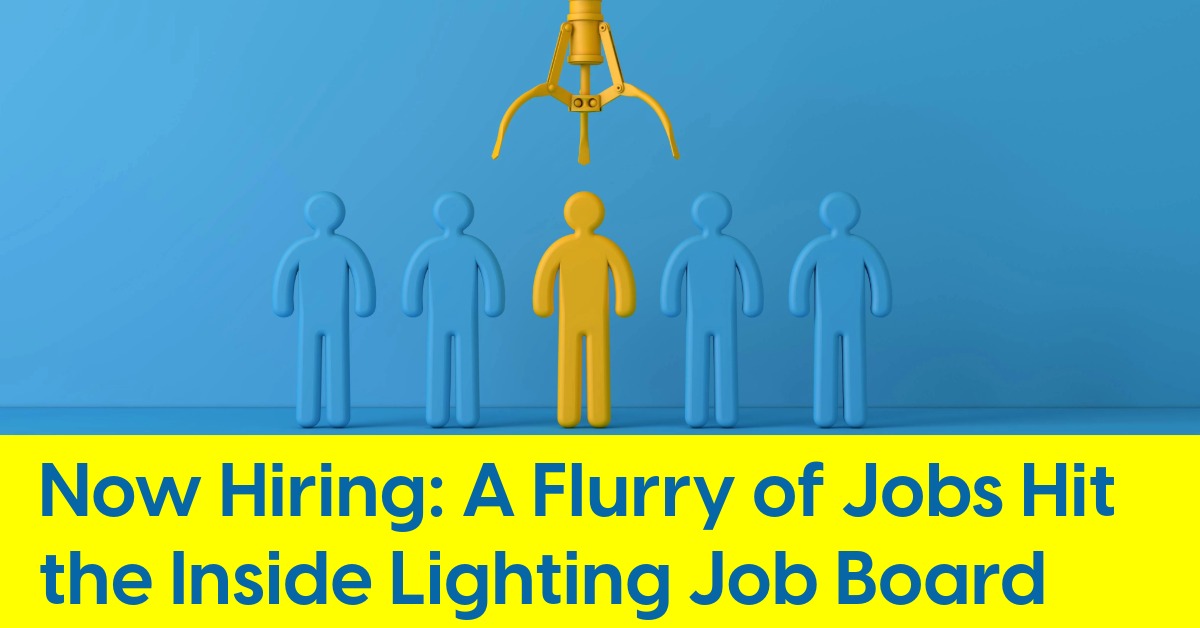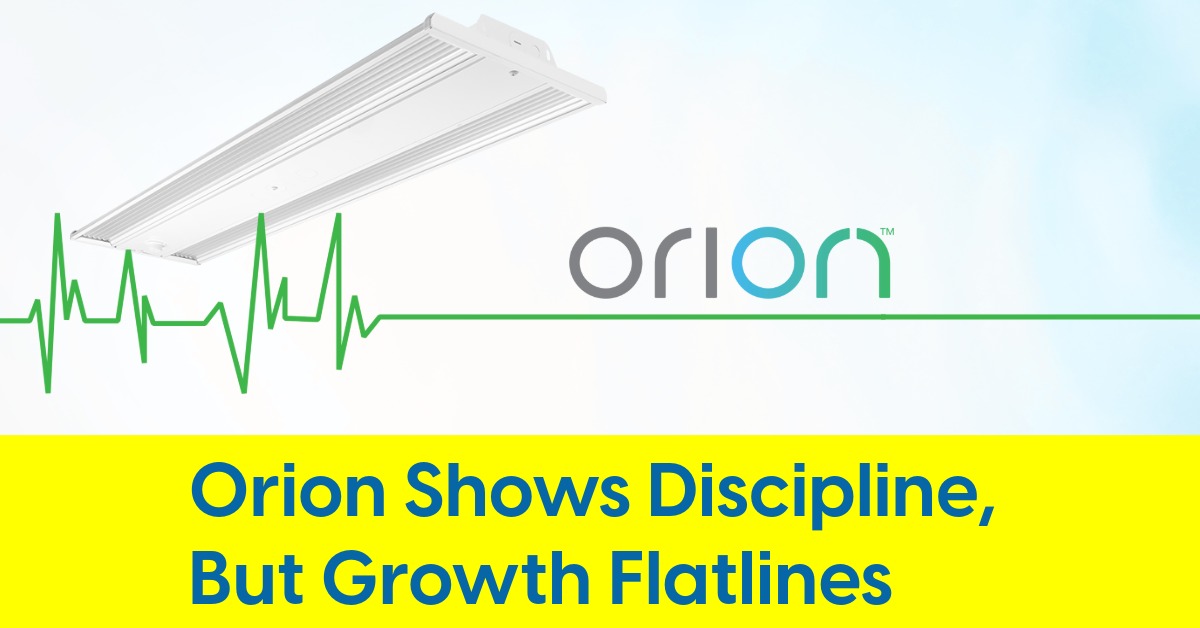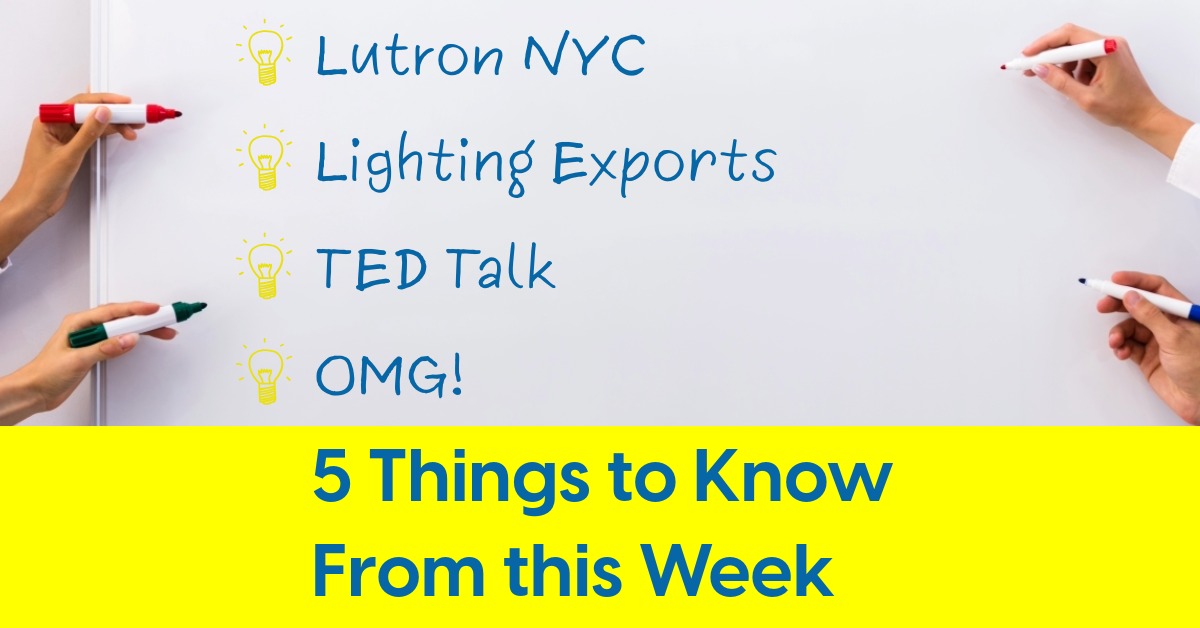August 13, 2025
Rethinking the Usual Suspects in Light Pollution
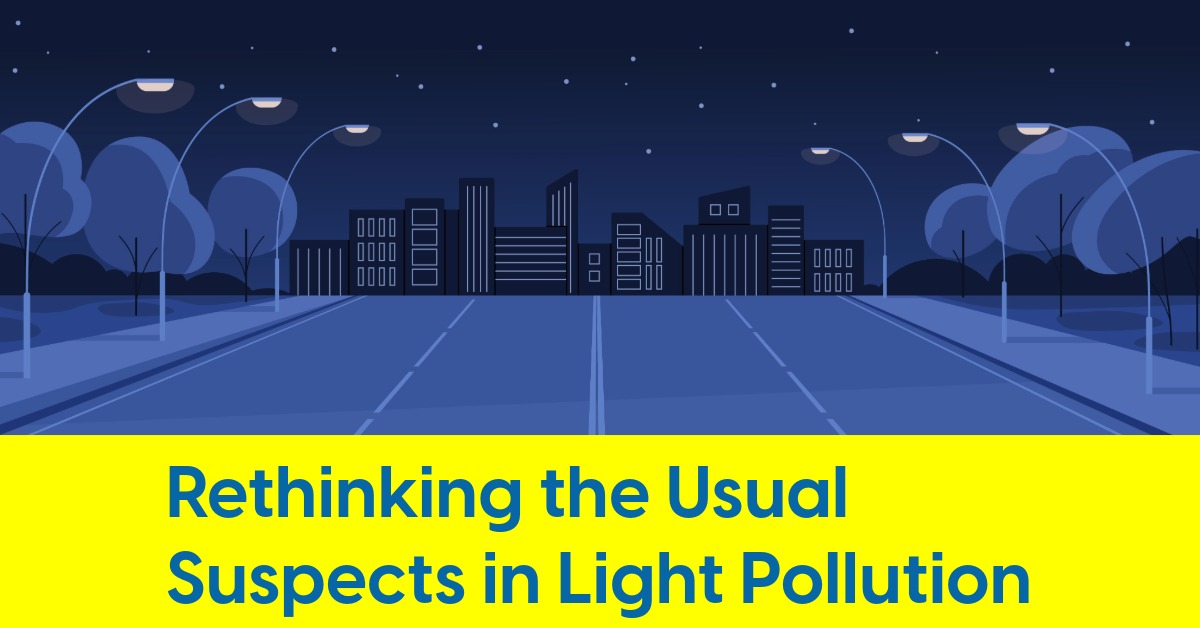
With private lights outnumbering streetlights 7 to 1, regulations must broaden their reach
Two weeks ago, we considered passing on this story. It read like another reminder that light pollution is bad, and satellite data can track it. But then Nick Mesler, P.E., of Evari GIS Consulting, made a sharper point this week, “Because most urban light pollution comes from private and commercial sources, not just public streetlights, the only effective way to address it is through comprehensive lighting ordinances.” Suddenly, the story deserved more light.
Published in Nature Cities in June, the study from Germany’s Nachtlichter project harnesses citizen scientists to count over 230,000 light sources across urban and suburban areas. The core finding? Streetlights aren’t the dominant source of light pollution in cities—they're vastly outnumbered by lights from storefronts, signs, and windows, often by a ratio of 7 to 1. Yet, our policies still focus overwhelmingly on the fixtures municipalities can control.
What Satellite Images Don’t Show
The famous satellite images of Earth glowing at night suggest that city streets are lit mostly by public infrastructure. But satellites can’t distinguish a floodlight from a fast-food sign. This is where the study breaks new ground — translating radiance into an on-the-ground, human-readable unit: lights per square kilometer.
The team found that Germany alone emits light from an estimated 78 million fixtures at midnight, yet only 9 to 10 million of those are streetlights. The rest? Commercial façades, decorative floodlights, and apartment windows. “Without ordinances,” Mesler noted, “cities risk investing in upgrades that tackle only a small slice of the problem.”
Why Lighting Ordinances Matter
For those of us in the lighting industry, this has implications beyond policy. It challenges how communities and lighting people define "responsible lighting" and where we direct our technical efforts. "Well-crafted ordinances," Mesler added, “can set limits on brightness, require shielding, mandate curfews for non-essential lighting, and encourage adaptive controls.”
This isn’t an argument against efficient streetlight design — it’s a call to broaden the lens. No amount of DarkSky complaint pole lighting will solve light pollution if buildings across the street blaze on all night with unshielded LEDs.

